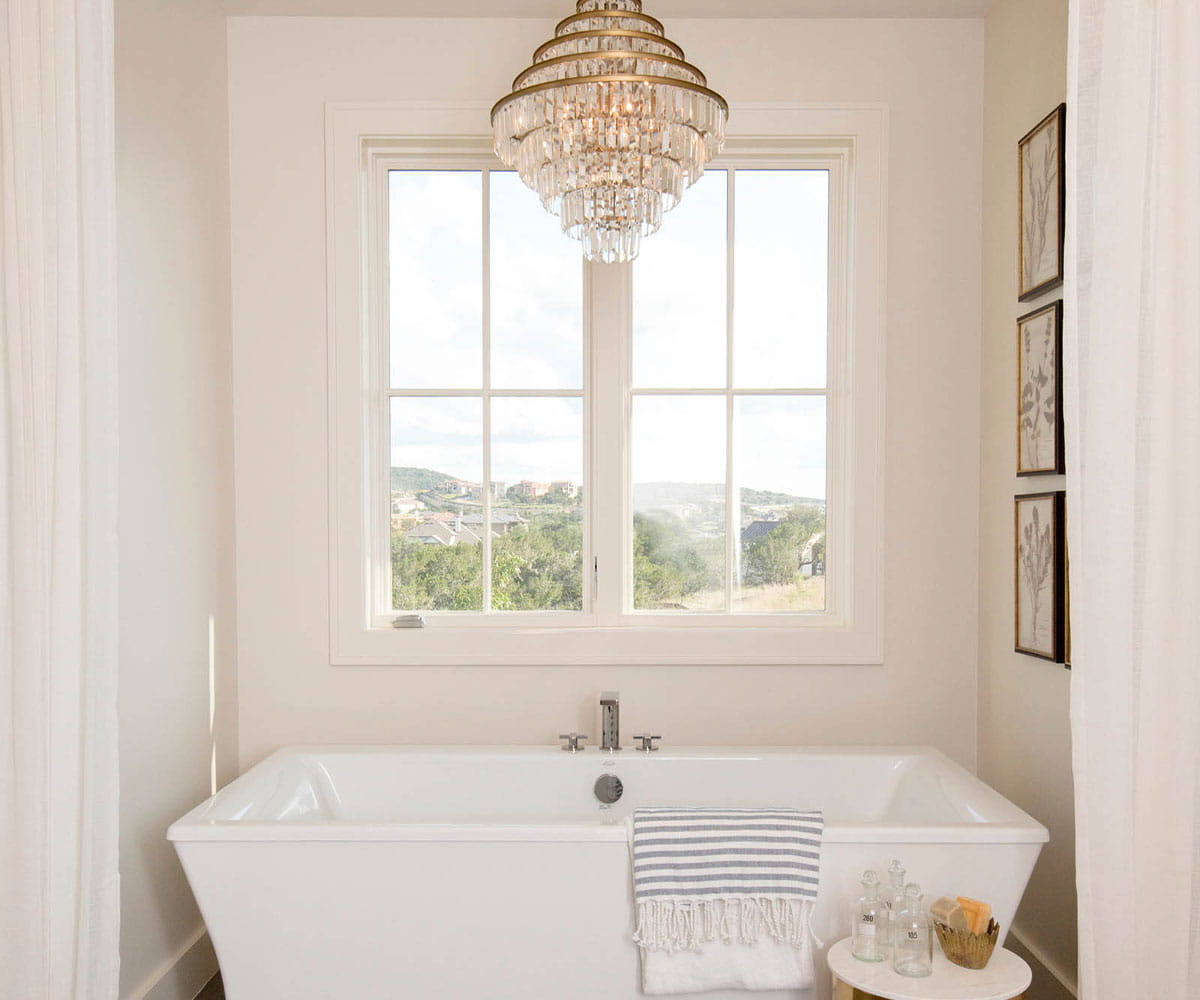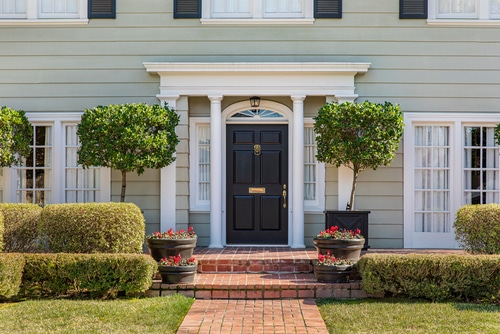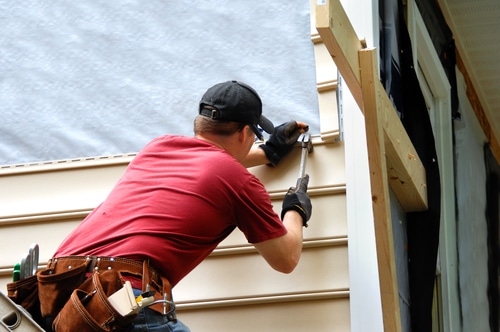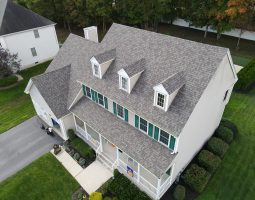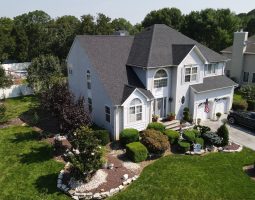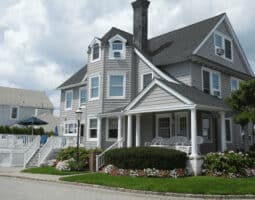Many people believe that replacing windows in their properties just improves the appearance and brightens rooms. However, thanks to today’s revolutionary window technologies, there are several additional advantages you may not be aware of. Here are a few examples.
Energy efficiency
Older windows might put a strain on your air conditioners and heaters. Replacing your windows with energy-efficient alternatives like vinyl and fiberglass can help you save money on your power bills.
Home value
Home improvement projects are typically beneficial to the value of your home. While some initiatives may be pricey, replacing your windows has the potential to significantly improve the value of your property if it is on the market.
Security
Windows may not open as expected or have a weakened frame. Changing your windows with more contemporary ones can give you peace of mind that your locks operate effectively.
Less noise
Even if you live on a busy street, everyone may benefit from some peace and quiet at home. Triple-pane glass in your existing windows will reduce noise coming in from the outside.
Curb appeal
Your windows should reflect your style as much as your decor does. Replacing old windows for ones with interesting designs, frames, or colors will set you apart from the rest, and maybe even increase your home’s value too.
Our experienced staff at Topline Home Improvement can help you find the right windows for your home! Don’t hesitate to contact us today and find out more about what we can offer you.

